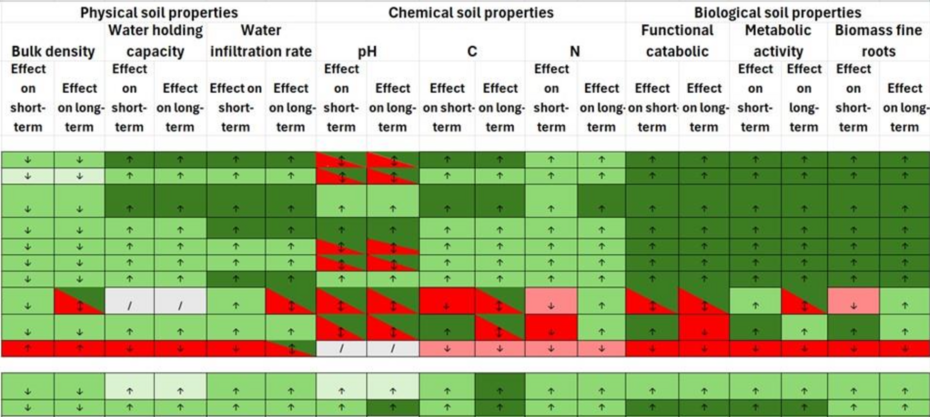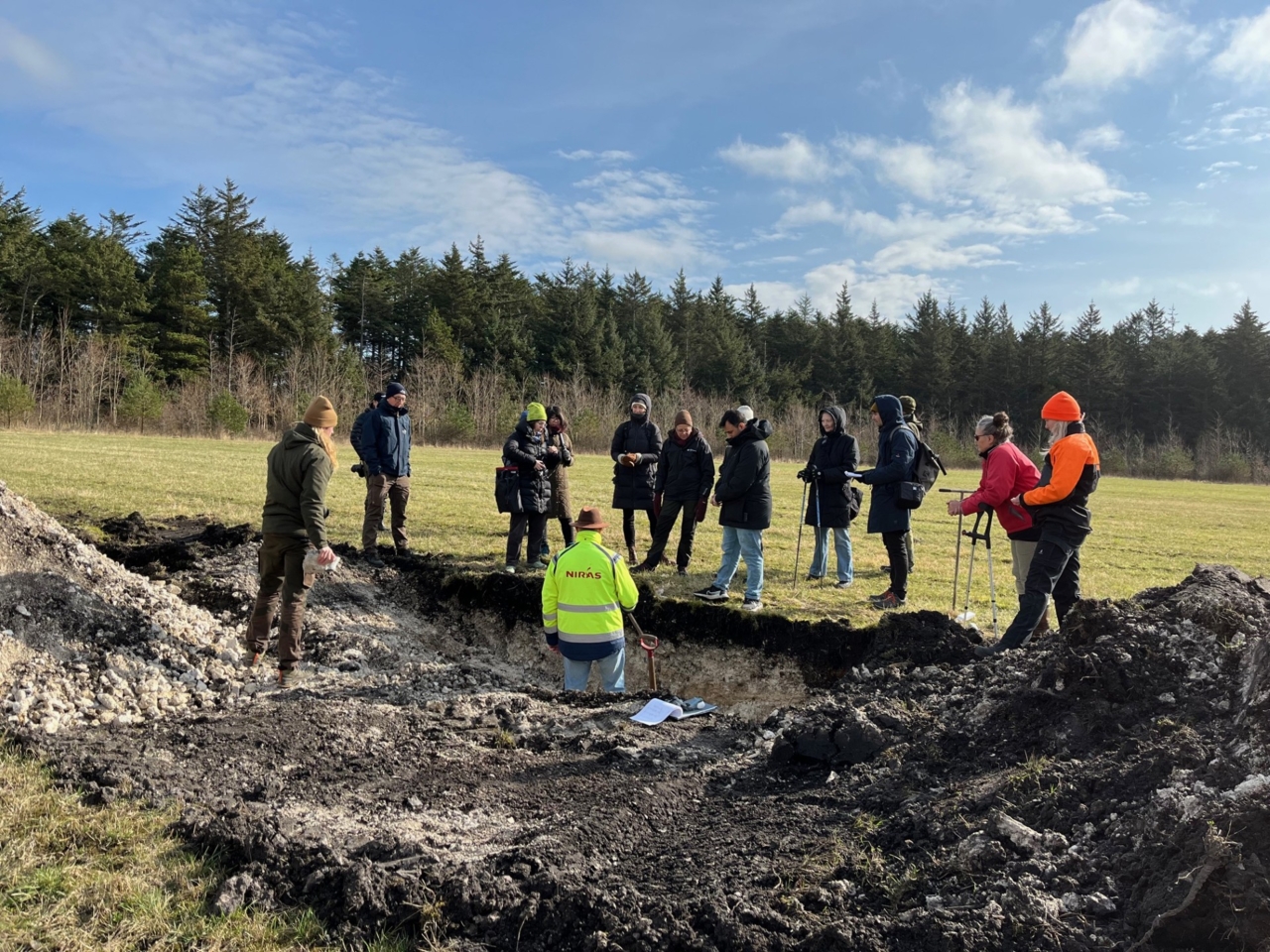
1.3 Baseline monitoring

Effective restoration projects require planning that considers both local site conditions and the broader landscape. Spatial prioritization at the landscape level should guide site selection, incorporating ecological, cultural, and socioeconomic data with stakeholder participation. Once project sites are chosen, an assessment of their condition - including degradation sources, land use, and community knowledge - helps define restoration goals, targets, and objectives. Goals reflect long-term outcomes, while objectives represent short- to medium-term steps needed to achieve them.
Baseline monitoring goes beyond the initial site and landscapes assessments by establishing a benchmark for future comparisons. It focuses on key ecological, cultural, and socioeconomic attributes of the selected restoration targets and must use indicator variables that align with those in the post-restoration monitoring and evaluation plan, which should be developed before baseline data collection begins. This ensures consistency in measuring change and evaluating restoration success. The level of detail and funding for baseline monitoring will vary but, ideally, it captures a comprehensive picture of the site's status to guide and evaluate restoration effectively.
Site capability (Section 1.1) describes inherent properties as stable and long term, whereas baseline monitoring, focuses on conditions, such as soil, that are expected to change in response to restoration actions (often referred to as soil health).
Integrating site condition and capability data can support restoration planning, risk assessment (e.g.,identifying susceptibility to compaction), and setting realistic performance standards. Monitoring changes in selected indicators over time enables the evaluation of restoration outcomes and informs whether corrective actions may be necessary.
To support this process, baseline assessments should focus on key indicators that are both responsive to restoration and practical to monitor. Given the large number of potential indicators and the resource intensity of some measurements, it is important to prioritize those most indicative of recovery, particularly ones likely to show measurable change within a reasonable timeframe and directly influenced by restoration activities. Such indicators are often referred to as scalable indicators because they can be applied consistently across different ecosystem types and are relatively cost-effective, and do not require excessive time or resources to measure.
Some examples of key indicators:
- Soil pH strongly influences nutrient availability, microbial activity and decomposition rate. Soil pH should be sampled before and after every intervention. On the long-term, pH should be monitored every 10 years.
- Soil carbon: is a key indicator for soil health. It supports nutrient cycling, improves soil structure, enhances water retention and promotes microbial activity. Soil carbon should be sampled before and after every intervention. On the long-term, carbon should be monitored every 10 years.
- Bulk Density is an indicator of soil compaction and structure and affects root penetration, water infiltration, and gas exchange. Restoration activities, particularly those involving heavy machinery, can increase bulk density and degrade soil structure. Bulk density should be monitored right before and after every intervention. On the long-term, bulk density should be monitored every 5 years.
- Microorganisms (microbial activity and diversity) are critical for nutrient cycling and organic matter decomposition. Microbial biomass is highly responsive to vegetation changes, organic inputs, and soil disturbance. Microorganisms should be sampled before and after every intervention. On the long-term, microorganisms should be monitored every 5 years.
Standardized protocols for measuring these properties can be found in the soil guidelines.
Together, these indicators offer a practical and meaningful lens for evaluating soil recovery.
To ensure representative sampling, a scheme should be developed that captures spatial variability, typically by mixing soils from 3 to 5 sampling plots per stand. Topsoil should be monitored more frequently than deeper layers due to its greater responsiveness.
To reduce monitoring costs, rapid assessment methods are increasingly used. These scalable indicators act as proxies for more complex soil properties and include tools such as near- and mid-infrared (NIR/MIR) spectroscopy (handheld or benchtop), quick microbial activity tests (e.g., MicroResp®, Biolog), and simple handsorting methods for soil fauna.
Related resources
Forest and Soil Restoration Table
An Excel table that outlines various forest restoration measures and their effects on key soil parameters. This table offers a practical overview for assessing the benefits and limitations of different approaches to forest and soil restoration. Colours indicate a positive or negative effect, while the arrows indicate if there is an increase or decrease of the soil properties. When interpreting this table, it is important to consider that factors like previous land use and implementation quality can strongly influence soil recovery outcomes.
Success from the ground up: Participatory monitoring and forest restoration
Global forest restoration initiatives offer a critical chance to reverse deforestation and degradation, but success depends on collaboration across stakeholders and strong local involvement. Effective monitoring systems are essential to scale, adapt and track progress, with participatory monitoring emerging as a key tool. This review explores its role through case studies, experiences and concepts, highlighting lessons learned and pathways to enhance restoration outcomes worldwide.
International principles and standards for the practice of ecological restoration
Ecological restoration supports biodiversity, human wellbeing, food and water security, and climate resilience. The updated International Principles and Standards provide a framework of eight guiding principles, tools, and best practices to improve restoration design, monitoring, and outcomes. By integrating science, traditional knowledge, and stakeholder engagement, these Standards aim to deliver lasting ecological, social, and economic benefits worldwide.
Implementing forest landscape restoration
This practical guide takes users through the whole process of implementing Forest Landscape Restoration (FLR). Aimed at practitioners, facilitators, NGOs, policymakers, and local authorities, it was created to bridge the gap between ambitious global restoration targets and the realities on the ground.






